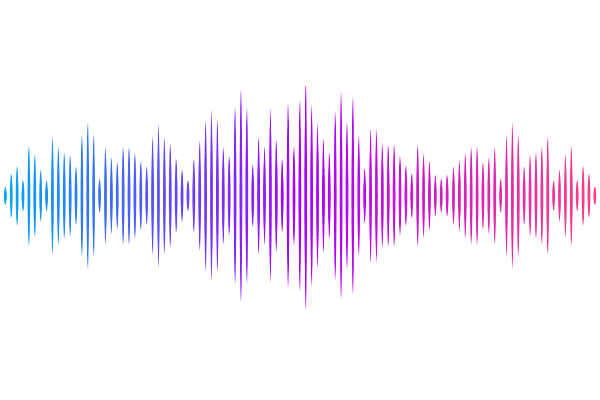Ultra High Energy Neutrino Event KM3-230213A as a Signal of Electroweak Vacuum Turbulence in Merging Black Hole Binaries

Ultra High Energy Neutrino Event KM3-230213A as a Signal of Electroweak Vacuum Turbulence in Merging Black Hole Binaries
Alexander S. Sakharov, Rostislav Konoplich, Merab Gogberashvili
AbstractThe recent detection of the ultra-high-energy neutrino event KM3-230213A ($\sim$220 PeV) by KM3NeT telescope poses a challenge to conventional astrophysical models, particularly in light of the absence of similar $\gtrsim$100 PeV events in IceCube data, despite its larger exposure. We propose a novel mechanism in which binary black hole mergers act as transient neutrino sources via gravitationally induced electroweak vacuum instability. In this scenario, the extreme spacetime curvature near the horizons during the final inspiral phase destabilizes the Higgs vacuum, triggering nucleation of true-vacuum bubbles. Collisions between these bubbles produce microscopic black holes that rapidly evaporate via Hawking radiation, emitting intense, short-lived bursts of neutrinos with energies exceeding 100 PeV. The resulting neutrino fluence follows a heavy-tailed distribution, allowing rare but highly luminous sources to account for events like KM3-230213A while remaining consistent with IceCube's non-detections. This framework links gravitational wave sources to ultra-high-energy neutrino production and suggests that future multi-messenger observations may detect electromagnetic signatures from microscopic black hole evaporation.